What are Surimi
Surimi is a versatile seafood product that originated in Japan over several centuries ago and has since become popular worldwide. It is a highly processed fish paste made primarily from deboned, washed, and minced white-fleshed fish, such as pollock or hake. The process of creating surimi involves the addition of cryoprotectants to prevent damage during freezing, resulting in a product that can be used as an ingredient or processed further into various shapes and textures to mimic the taste and appearance of more expensive seafood, like crab, lobster, and scallops.
Surimi serves a broad audience ranging from individual consumers looking for affordable seafood options to large-scale food service providers and manufacturers who utilize it as a key ingredient in their products. It is particularly appealing for its long shelf life, cost-effectiveness, and versatility in recipes. The fundamental principle behind surimi is its ability to take on other flavors while providing a texture similar to that of the seafood it emulates. This makes it an excellent choice for creating an array of seafood-like products without incurring the high costs associated with premium seafood.
The process of making surimi involves several steps designed to refine the fish proteins to achieve the desired texture and consistency. Initially, the fish is minced and then repeatedly washed to remove fats, blood, and undesirable odors. After the washing stage, surimi is mixed with cryoprotectants like sugar and sorbitol which help stabilize the protein during freezing. The final product can then be formed into various shapes and flavored accordingly before being packaged and frozen for distribution.
Types of Surimi
Surimi comes in various forms and styles, suitable for different culinary applications. Each type offers unique characteristics that cater to specific tastes and preparation methods:
Frozen Surimi: This is one of the most common forms, often found in sticks or chunks. Frozen surimi preserves the freshness and texture of the product and is typically used as a ready-to-eat snack or an ingredient in dishes such as salads, pasta, or sushi rolls.
Cooked Surimi: Pre-cooked surimi products are convenient for quick meal preparation. They are perfect for hot dishes where the surimi needs to be heated through without additional cooking time, like in soups or stir-fries.
Fresh Surimi: Although less common than frozen varieties due to its shorter shelf life, fresh surimi is sought after for its superior taste and texture. It's ideal for use in dishes where the delicate flavor profile of fresh seafood is paramount.
Dried Surimi: This type offers a longer shelf life compared to its fresh counterpart and can be rehydrated before use. Dried surimi is often utilized in traditional Asian dishes where it adds depth of flavor.
Fried Snacks: A popular choice for ready-to-eat snacks or appetizers, these surimi products are pre-flavored and fried for convenience. They can range from sweet to spicy in taste.
How to choose Surimi
Selecting the right type of surimi requires considering how it will be used within your business operations. Whether you're looking to incorporate surimi into your product line or use it as an ingredient in your food service establishment, several factors should guide your purchasing decision:
Application: Determine how the surimi will be used—whether as a stand-alone product like crab sticks or as an ingredient in complex dishes such as casseroles or sushi. This will influence whether you opt for flavored or unflavored varieties, as well as the preferred form (e.g., blocks, pieces).
Packaging: The type of packaging may affect shelf life and ease of use. Vacuum packs and bulk packaging are common choices that offer convenience for different scales of operation.
Freezing Process: The method used for freezing—BQF (Block Quick Frozen) or IQF (Individual Quick Frozen)—can impact texture and quality. IQF preserves individual pieces better while BQF may be more economical for larger operations.
Texture: The texture desired in the final dish will determine whether you choose soft, semi-soft, or hard-textured surimi.
Ingredient Base: Depending on your clientele's preferences or dietary restrictions, you may opt for fish-based surimi or explore other options such as chicken-based products.
By carefully evaluating these considerations relative to your business needs, you can select a surimi product that aligns with your culinary offerings and satisfies your customers' expectations.
Best Surimi on Alibaba.com
Alibaba.com stands out as a global marketplace connecting businesses with a diverse range of surimi products suitable for various commercial applications. The platform offers an extensive selection from numerous suppliers worldwide, ensuring businesses can find precisely what they need without being limited by geography. By facilitating connections with suppliers offering different styles, such as frozen, cooked, dried, or ready-to-fry snacks, Alibaba.com enables businesses to cater to their unique customer base effectively.
The comprehensive filtering system on Alibaba.com allows buyers to refine their search according to specific requirements such as packaging type, freezing process, age group suitability, color preference, taste profile, feature attributes like density levels, shape, processing type, ingredient base, and texture. This level of customization ensures that businesses can source products that align perfectly with their operational needs and culinary standards.
Moreover, Alibaba.com's commitment to supporting small and medium-sized enterprises with robust trade solutions amplifies its reputation as a trustworthy platform for wholesale trade. With features like Trade Assurance protecting payments until delivery completion and services that facilitate communication in local languages and seamless mobile purchasing experiences, Alibaba.com exemplifies its dedication to making international trade accessible and reliable for businesses everywhere.
Common FAQs for Surimi
What is surimi primarily made of?
Surimi is mainly produced from white-fleshed fish such as pollock or hake that has been deboned, minced, and processed to create a paste-like substance.
How can the texture of surimi be classified?
Surimi texture can range from soft to hard, with variations like semi-soft available depending on the specific requirements of the dish or product being prepared.
What are the common types of surimi available for businesses?
Businesses can choose from frozen, cooked, fresh, dried, and fried snack varieties of surimi based on their culinary needs.
In what forms does surimi come in?
Surimi is available in various forms including blocks, pieces, and different shapes that can be chosen to suit the intended use of the product.
What should I consider when selecting surimi for my food service or manufacturing business?
Key considerations should include the intended application, desired texture, packaging preferences, freezing process used, and the base ingredient of the surimi product.
How does the freezing process affect surimi?
The freezing process, whether BQF or IQF, impacts the texture and quality of surimi. IQF is better for preserving individual pieces while BQF may be more cost-effective for bulk use.
Can I find surimi made from ingredients other than fish?
Yes, there are surimi products available that use alternative ingredients like chicken to cater to different dietary preferences or restrictions.
What flavor profiles can I expect from surimi?
Surimi can be customized to have various tastes such as salty, sour, sweet, spicy, or bland to fit into a wide range of recipes and consumer preferences.
Is it possible to get surimi that suits different age groups?
Surimi products are often categorized to be suitable for all ages, but some might be specifically tailored for children, adults, infants, or old-aged consumers.
How is surimi packaged for wholesale purchase?
Surimi is packaged in several ways including bags, boxes, bulk containers, vacuum packs, and sometimes mason jars for certain specialty products.







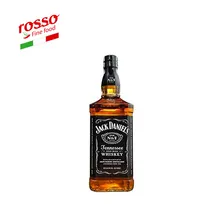

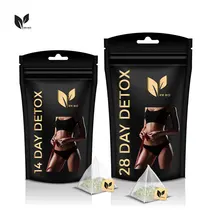
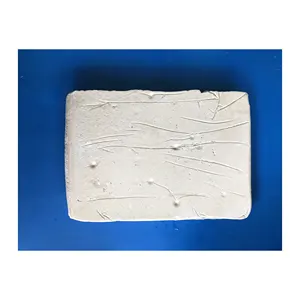

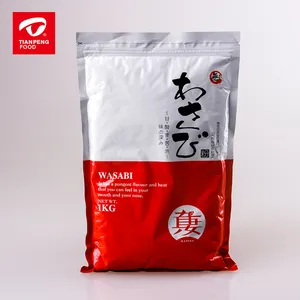

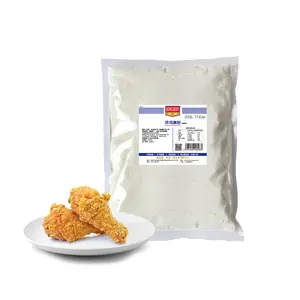


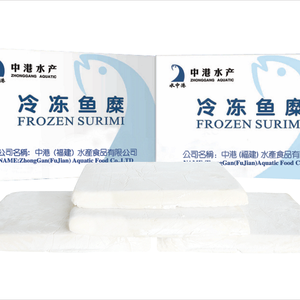
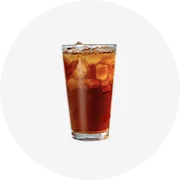
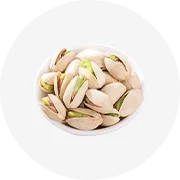
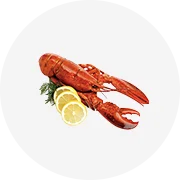
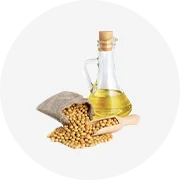
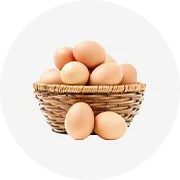
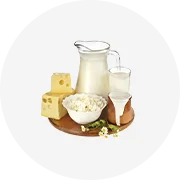
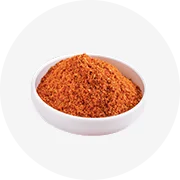
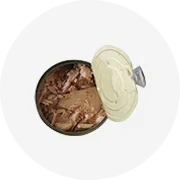
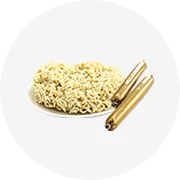
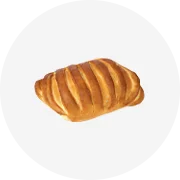
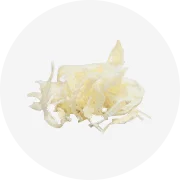
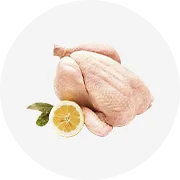

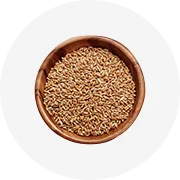
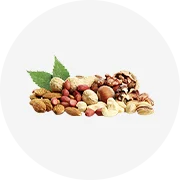
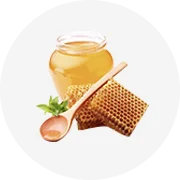








 浙公网安备 33010002000092号
浙公网安备 33010002000092号 浙B2-20120091-4
浙B2-20120091-4